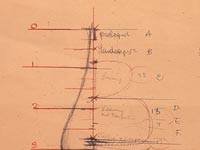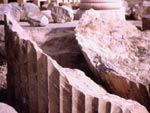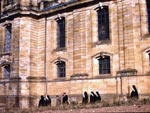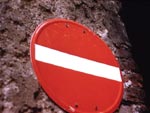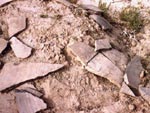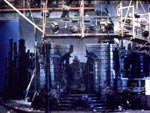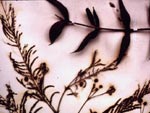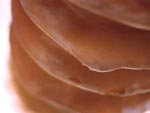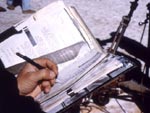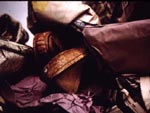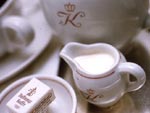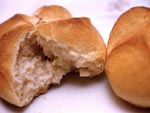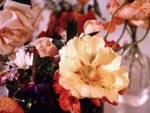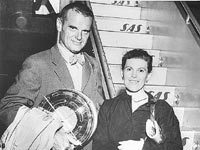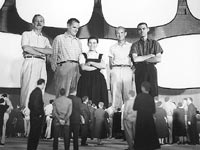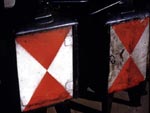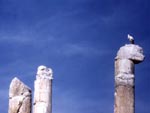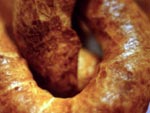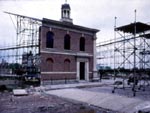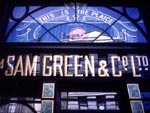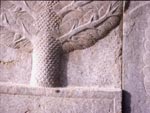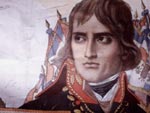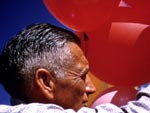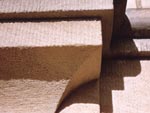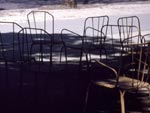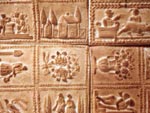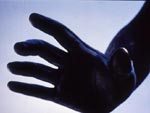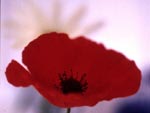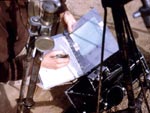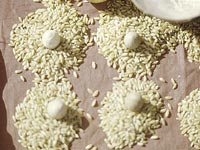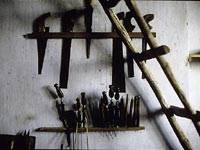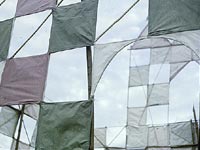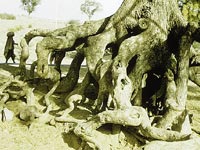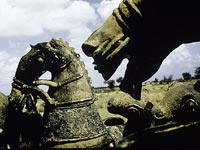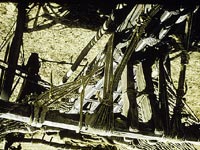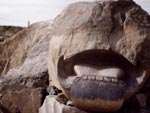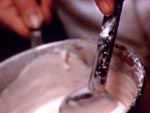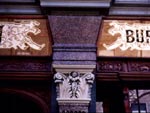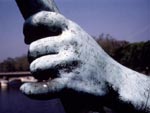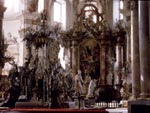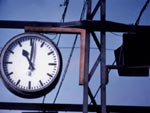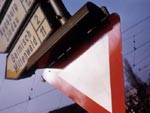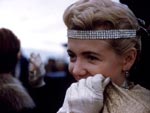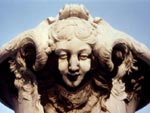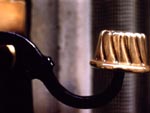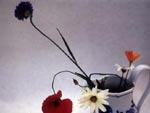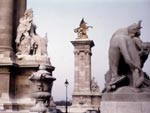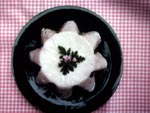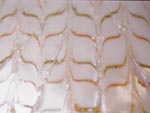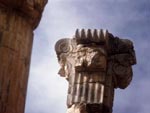CULTURE
|
Charles and Ray
Eames's careers in the 1950s mirrored America's postwar
shift from an industrial economy of goods to a post-industrial
society of information. Rather than furnishings and buildings,
the Eames Office focused its efforts on communication
systems -- exhibitions, publications, and films. The Eameses
produced these media for governments at home and abroad,
for industry, and for the education and pleasure of their
friends and colleagues. In these endeavors the Eameses
used imagery of daily rituals and entertainments, vernacular
landscapes, and ordinary objects to promote popular culture
as the currency of exchange between nations and people.
Their communications projects elevated Charles and Ray
Eames to the status of cultural ambassadors overseas and
interpreters of the meaning of America at home.
|
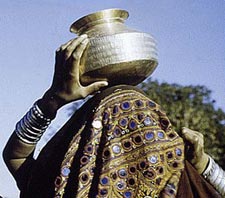
Image of India Taken by the Eameses
Prints & Photographs Division (C-5a)
|
|
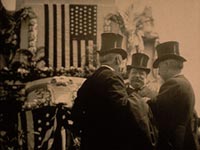
Film frame from Meet Me
in St. Louis,
1962, photograph.
© Lucia Eames dba Eames Office (C-20)
|
Meet Me in St. Louis was a segment of The
Good Years, the collective title of three films made
by the Eames Office about important events in early 20th-century
American history. The films were broadcast on CBS television.
|
The Eameses' most ambitious
attempt to teach one culture about another was their multiscreen
film Glimpses of the U.S.A. produced for the 1959 American
National Exhibition in Moscow -- the first cultural exchange
between the two countries since the Bolshevik Revolution. A
dazzling portrait of postwar American values -- egalitarian
and consumerist -- Glimpses of the U.S.A. projected
2,200 images on seven 20-by-30-foot screens. Charles later noted
that the "multiple projection of images . . . was not simply
a trick; it was a method to employ all the viewer's senses.
The reinforcement by multiple images made the American Story
seem credible."
No country offered the
Eameses greater opportunities for cross-cultural explorations
than India. The Eameses' "India Report" (1958), commissioned
by the Indian government to guide the country into the future,
contained recommendations for industrializing and making mass-produced
goods without losing the qualities of the country's traditional
handicrafts. Among the Eameses' recommendations was the establishment
of a government-supported design institute which would foster
India's cultural development as the country underwent revolutionary
changes and would help small industries produce consumer goods.
As a result of the Eameses' report, the National Institute of
Design was established in 1961 in Ahmedabad, the first institution
for industrial design, education, and training in the developing
world.
|
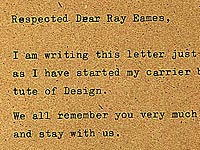
Letter to Ray from Parthiv
Shah,
Son of an Eames Colleague,
March 7, 1980, typed letter.
Manuscript Division (C-16a)
|
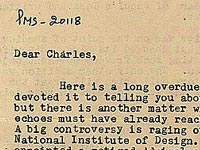
Letter to Charles from H.Y.
Sharada Prasad,
August 25, 1972, typed letter.
Manuscript Division (C-18)
|
|
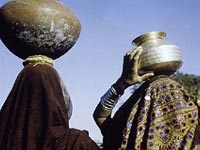
Images of India Taken by the Eameses,
photograph.
Prints & Photographs Division (C-5a)
|
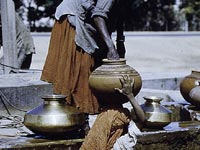
Images of India Taken by the Eameses,
photograph.
Prints & Photographs Division (C-5b)
|
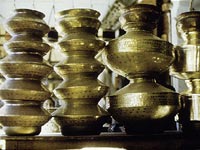 |
Images of
India Taken by the Eameses,
photograph.
Prints & Photographs Division (C-5c)
|
|
Director of Information in the Office of Indian Prime
Minister Indira Ghandi, Prasad asked for Charles's advice
about a National Institute of Design crisis on behalf
of Ghandi. Her main concern was "that an institute which
has been built with such hopes should not be allowed to
fail."
|
|




